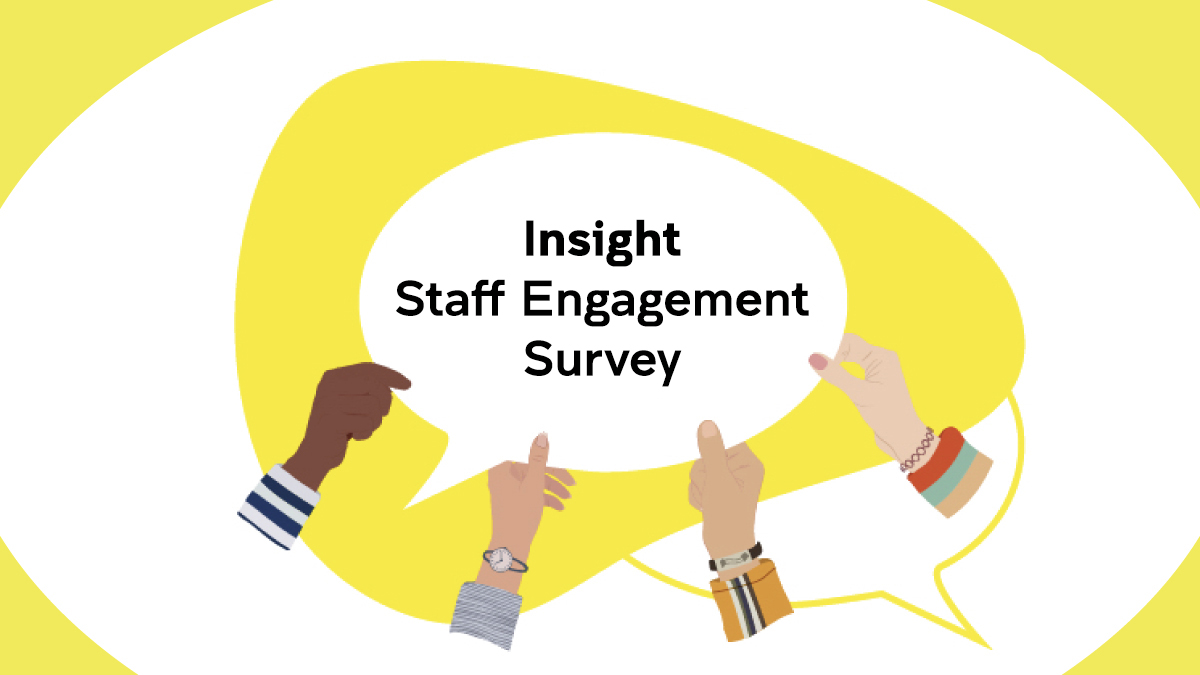
The Innovation Working Group has developed recommendations for actions the University can take to nurture innovation.
UNSW is rightly recognised for its entrepreneurial ventures and research, but one of the strongest findings in the 2023 Insight staff survey was that only 54% of staff agreed that UNSW acts on promising new or innovative ideas.
To take action, the University Leadership Team (ULT) picked Innovation as one of the University’s two priority responses to the Insight survey.
From March to August, we convened an Innovation Working Group to research and design a response to the Insight survey findings. The Working Group – 15 academic and professional staff from across the University* – delivered its recommendations to ULT in September.
Recognising that no single lever will unlock innovation at UNSW, the Innovation Working Group set out a coordinated and sustained action plan across four dimensions to grow and nurture a healthy innovation ecosystem at UNSW.
Supporting the recommendations of the Innovation Working Group, Vice-Chancellor and President Professor Attila Brungs said, “By taking these steps, UNSW aims to foster a culture of innovation, enabling the University to respond creatively and with agility to opportunities and challenges in higher education and the communities we serve.
“Please take the time to complete the Insight Pulse survey this month to help us better understand how we are progressing against the Insight survey actions, what we are doing well and opportunities for improvement.”
Innovation Working Group recommendations
Innovation Infrastructure: Establishing a UNSW Innovation Hub to create a common language and process across the University. This hub will coordinate and amplify existing resources, providing opportunities for staff to practise innovation.
Developing Innovators: Providing broad training in methods such as design thinking, along with mentoring and coaching to guide practical problem-solving. A UNSW Innovation Playbook will be developed to support this initiative.
Innovation Bandwidth: Recognising that the most precious resource is time and capacity: we are already doing a lot. The parameters for innovation will be set by the priorities in the Strategic and Operational Plans. UNSW will develop more physical and virtual spaces to inspire and facilitate innovation.
Recognising Innovation: Launching an Innovation Spotlight where leaders share impactful innovation stories. We will ask staff to share these stories, which we already see emerge in myCareer conversations and promotions interviews.
Examples of innovation are everywhere
Members of the Innovation Working Group shared their favourite examples of UNSW innovations.
Sharon Swift: Student Energy UNSW
The problem is that Australia needs 12,000 electrical engineers per year every year to meet net zero goals in 30 years, but we only produce 6000 annually. The innovation is that UNSW is now home to Australia’s first Student Energy Chapter, providing 50,000 students from all disciplines globally with education, networks and resources to become future energy leaders. A UNSW-wide call to arms was initiated by Mel Boudib and Sharon Swift of the UNSW Digital Grid Futures Institute in April 2024, and the club was launched in September 2024, immediately recruiting 500 members.
Travis Rice: Immersive Futures Studio
The problem is the testing, introducing and supporting of new technologies for working and learning at UNSW. To address this, UNSW IT launched the Immersive Futures Studio so lecturers, staff, students and researchers can engage, test, train and trial new technologies before they are deployed. The studio, currently being built in the LiteRoom, is part of the Multimedia, Audio Visual and Immersive Project, a collaboration between IT and Pro Vice-Chancellor Education.
Tam Nguyen: myBCom
Business graduates are sometimes perceived to have poor ‘soft’ or professional skills. With myBCom, UNSW Business School created a gamified student-led platform that enables students to track and plan personal progress towards defined thresholds. It provides real-time snapshots of learner progress, making explicit the development of professional skills to students and staff.
Megan Tapia: TEDI-London
There is a global shortage of engineers, and the world needs more diverse, creative-thinking engineering students. To address this, UNSW Sydney, Arizona State University and King’s College London established TEDI-London, providing an engineering education that takes a project-based, interdisciplinary, global design approach, transforming engineering education to transform lives. About 40% of students are female and 20% are mature age.
May Lim: Virtually There
The educational experiences of online and on-campus students can be very different and often unequal. Education technologist John Paul Posada has created a classroom environment where both online and on-campus students can explore 3D objects together in real-time. With Apple Vision Pro, online and on-campus students can now view 3D models simultaneously, regardless of their location. This immersive experience enhances understanding and fosters a sense of togetherness for the students.
Christian Wood: Help on demand / Project Y
UNSW’s first year international students have to rapidly learn how to interpret and understand the meaning in their written course information, often feeling exposed by asking questions. Project-Y is an accessible interface for first-year Science students whose preferred language is not English that allows each student to ask questions and receive responses in their own language, with text translated in real time. Students can choose to remain anonymous or direct questions only to peers, fostering a safe and inclusive community. This innovation is the first proof of concept being built on the AWS Bedrock platform and identified using the Working Backwards methodology.
Elisse O’Leary: Would you like to do less mandatory training?
At UNSW, we want to create an environment where people feel safe, secure and able to do their best work. Right now, some of our training to set expectations is lengthy, has overlaps and can be hard to recall. To solve this, we are reducing the current nine modules down to three modules that are more practical and engaging with regular short supporting messaging. This innovation is thanks to Jamieson Raabe, John Marshman, John Glenn Doyle and Jessica Brindley (Culture and Development team, rolling out in November 2024, with updates to come on the Mandatory Training homepage).
Claire Annesley: My Name is…
UNSW’s international staff and students often feel alienated when their names are either not said or are mispronounced. The innovation is that staff can now record the pronunciation of their name and embed the audio in their email signatures or Moodle. This innovation is thanks to Aves Parsemain and Thuy Giang (ADA Student Experience) as part of a project on belonging in ADA.
* Claire Annesley, Will Felps, Jerry Frankel, Bradley Hastings, Tomas Kaiser, Simon Kozlina, May Lim, Owen Morris, Tam Nguyen, Elisse O’Leary, Travis Rice, Tom Sobey, Sharon Swift, Megan Tapia, Christian Wood.
- Log in to post comments
